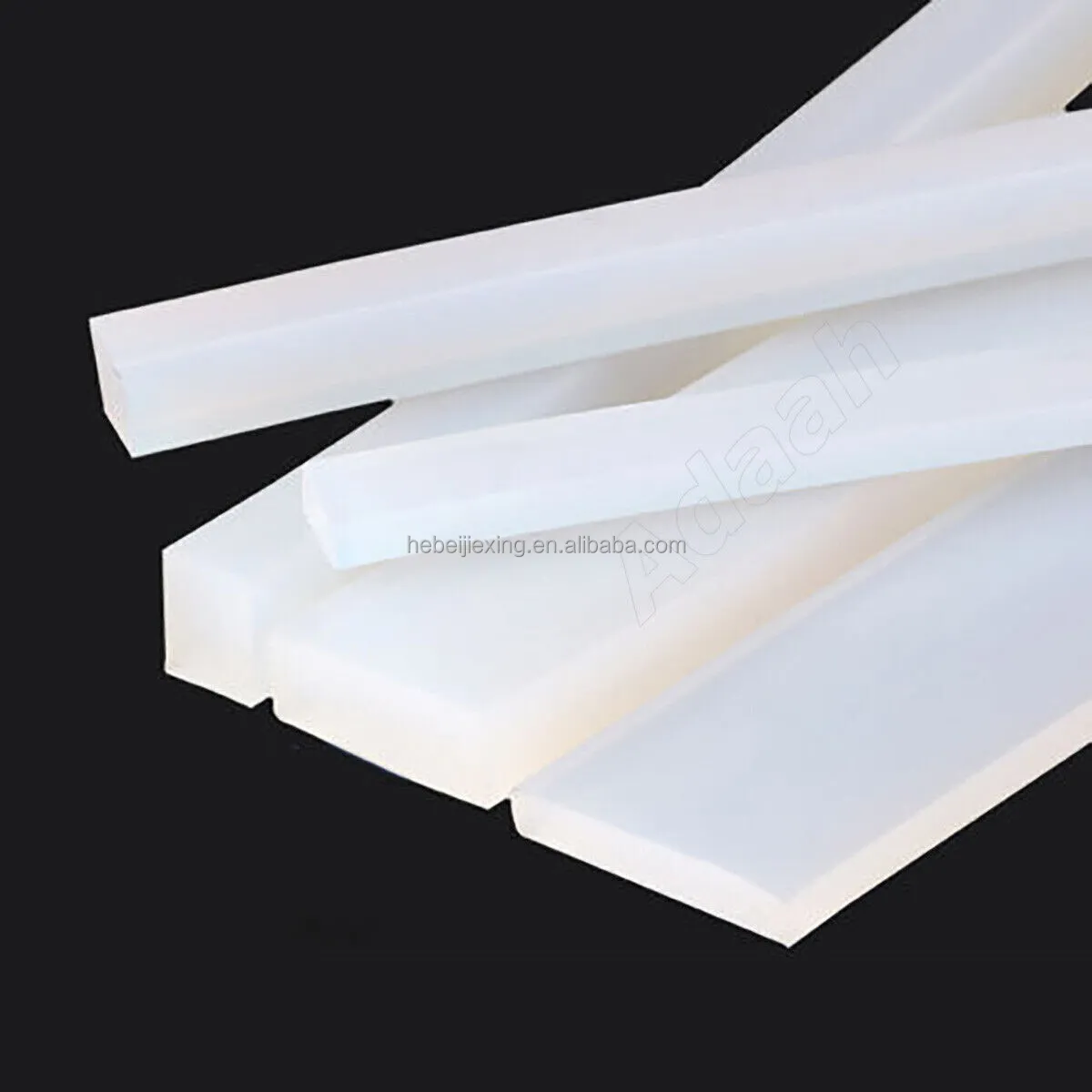Rubber Sealing Strip for Door Gaps to Improve Insulation and Energy Efficiency
The Importance of Rubber Strips for Door Gaps
Rubber strips for door gaps are an often-overlooked component of home maintenance that can greatly enhance comfort, energy efficiency, and security. These simple yet effective solutions are essential for homeowners looking to address issues associated with gaps and leaks around doors. This article will explore the significance of rubber strips, their benefits, and how to choose the right one for your needs.
Understanding Door Gaps
Door gaps can occur due to several reasons, including settling of the house, warping of the door, or improper installation. These gaps allow air, dust, noise, and even pests to enter your home, impacting indoor comfort and air quality. In addition, they can cause decreased energy efficiency, leading to higher heating and cooling bills as your HVAC system works harder to maintain the desired temperature.
Benefits of Rubber Strips
1. Energy Efficiency One of the key advantages of installing rubber strips is their ability to create a tight seal around doors. By closing these gaps, rubber strips help regulate indoor temperatures by preventing drafts. This can result in significant savings on energy costs, especially in extreme weather conditions.
2. Noise Reduction Rubber strips act as sound barriers, absorbing and dampening noise from the outside. Whether you live in a bustling city or near a busy street, installing these strips can enhance the tranquility of your living space, ensuring that unwanted noise doesn’t disrupt your peaceful environment.
3. Dust and Pest Control Gaps in doors can act as gateways for dust, allergens, and pests. Rubber strips create a physical barrier that reduces the entry of these unwanted guests, promoting a cleaner and healthier indoor environment.
4. Improved Security A door with gaps can be an easy target for intruders. Rubber strips provide an additional layer of security by making it more difficult for an unauthorized person to gain access through the door. This makes your home a safer place for you and your family.
rubber strip for door gap

5. Aesthetic Appeal Beyond functionality, rubber strips also come in various styles and colors, allowing homeowners to maintain or enhance their decor. Whether you prefer a sleek, minimalistic look or a more textured design, there are options available to suit your aesthetic preferences.
Choosing the Right Rubber Strip
When selecting a rubber strip for your door gaps, consider the following factors
- Type of Door Different doors may require different types of rubber strips. For instance, a heavy exterior door might need a thicker, more durable strip compared to an interior door.
- Material Rubber strips can be made from various materials, including EPDM, PVC, and silicone. Each material has its own benefits; for instance, EPDM is known for its durability and resistance to weathering, while silicone offers flexibility and ease of installation.
- Size and Shape Measure the gaps around your doors to ensure you choose a strip that will fit properly. Rubber strips come in various sizes and shapes, including flat, wedge, and bulb styles, so select one that suits your specific needs.
- Installation Many rubber strips come with adhesive backing for easy installation, while others may require screws or additional hardware. Consider your DIY skills and the level of effort you’re willing to invest.
Conclusion
Rubber strips for door gaps are a simple but effective solution for numerous common issues in homes. From improving energy efficiency and reducing noise to enhancing security and aesthetics, the benefits are substantial. By carefully selecting and installing the right rubber strip, homeowners can ensure a more comfortable, efficient, and secure living environment. Investing time and resources into this often-overlooked element of home maintenance can lead to significant long-term advantages.
-
Under Door Draught Stopper: Essential ProtectionNewsJul.31,2025
-
Garage Door Seal and Weatherstrips for ProtectionNewsJul.31,2025
-
Edge Banding Tape for Perfect EdgesNewsJul.31,2025
-
Table Corner Guards and Wall Corner ProtectorsNewsJul.31,2025
-
Stair Nose Edging Trim and Tile Stair SolutionsNewsJul.31,2025
-
Truck Bed Rubber Mats for Pickup BedsNewsJul.31,2025
-
Window Weather Stripping for Noise ReductionNewsJul.29,2025